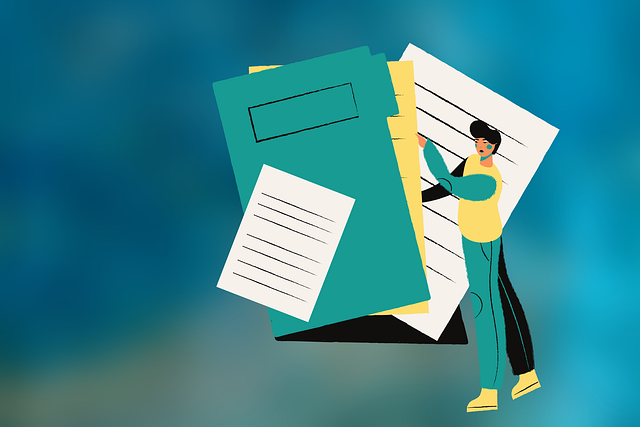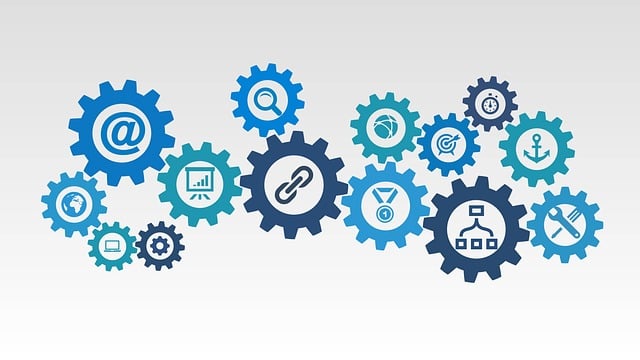AI is transforming food delivery operations by enhancing efficiency and sustainability, especially in ghost kitchens. The key innovation lies in AI route delay forecasting, which predicts real-time traffic, construction, and weather-related delays. This technology allows for dynamic rerouting of drivers, reducing fuel consumption and minimizing the environmental impact. By analyzing historical data and current conditions, AI helps optimize menu planning, inventory management, and order processing, ultimately cutting food waste. AI route delay forecasting is a powerful tool for delivery platforms to achieve cost savings and contribute to environmental sustainability goals in the digital age.
“Revolutionize food waste management in ghost kitchens with AI. This article explores cutting-edge technologies aimed at optimizing delivery routes and reducing waste. We delve into the dynamic nature of ghost kitchen operations, uncovering challenges and opportunities alike. Additionally, we examine AI’s role in predicting route delays, a game-changer for minimizing food wastage impacts. By harnessing AI route delay forecasting, we can foster a more sustainable food delivery ecosystem.”
- AI in Food Delivery: Optimizing Routes for Waste Reduction
- Understanding Ghost Kitchen Dynamics: Challenges and Opportunities
- Forecasting Delays with AI: Mitigating Food Wastage Impacts
AI in Food Delivery: Optimizing Routes for Waste Reduction

The integration of AI in the food delivery sector is transforming how we approach efficient and sustainable operations, particularly when it comes to waste reduction. By leveraging machine learning algorithms, AI systems can now optimize delivery routes, ensuring that drivers take the most direct and time-efficient paths. This not only minimizes fuel consumption but also reduces the environmental impact of deliveries.
One powerful application is AI route delay forecasting. These models predict potential delays caused by traffic patterns, construction zones, or even weather conditions. With this real-time data, delivery platforms can reroute drivers to avoid congestion, completing deliveries faster and cutting down on unnecessary time spent idling in traffic. As a result, less fuel is burned, emissions are reduced, and the overall efficiency of ghost kitchen operations improves significantly.
Understanding Ghost Kitchen Dynamics: Challenges and Opportunities

Ghost kitchens, a growing trend in the food delivery sector, present both challenges and opportunities for efficient food waste reduction. These shared kitchen spaces, often hidden from public view, are designed to optimize meal preparation for various food delivery platforms. However, the dynamic nature of these kitchens poses unique hurdles. AI route delay forecasting can play a pivotal role in addressing these issues. By analyzing historical delivery data, traffic patterns, and real-time updates, AI algorithms can predict potential delays, allowing couriers and kitchen staff to adjust their strategies accordingly. This proactive approach ensures timely deliveries, minimizing food spoilage caused by extended wait times.
Moreover, understanding the specific challenges of ghost kitchens enables developers and businesses to design tailored solutions. For instance, implementing efficient inventory management systems, utilizing smart storage solutions, and creating streamlined order processing protocols can significantly reduce waste. In light of these opportunities, AI technologies offer a promising path toward minimizing food waste in ghost kitchens, contributing to both cost savings for delivery platforms and environmental sustainability goals.
Forecasting Delays with AI: Mitigating Food Wastage Impacts

In today’s digital age, where efficiency is key, Artificial Intelligence (AI) has emerged as a powerful tool to tackle one of the most pressing issues in the food industry: waste reduction. One innovative application of AI is route delay forecasting, which plays a pivotal role in minimizing food wastage. By analyzing historical data and real-time factors, AI algorithms can predict potential delays in delivery routes. This enables kitchen managers and logistics teams to make informed decisions and adjust their planning accordingly.
For example, AI systems can account for traffic congestion, weather conditions, and even vehicle maintenance to forecast accurate arrival times. With this knowledge, restaurants can optimize menu offerings, ensuring that perishable items are prepared and delivered while still fresh. By mitigating the impacts of delays, AI route delay forecasting contributes significantly to a more sustainable food system, reducing waste and promoting environmental stewardship.
The integration of AI in ghost kitchen operations offers significant potential for reducing food waste. By optimizing delivery routes, predicting delays, and understanding complex kitchen dynamics, these technologies can streamline processes and minimize spoilage. AI route delay forecasting is a powerful tool that can revolutionize the efficiency of food delivery, ensuring that meals reach customers fresh and timely while significantly cutting down on waste. Embracing these innovations is a step towards a more sustainable and responsible future for the food industry.
